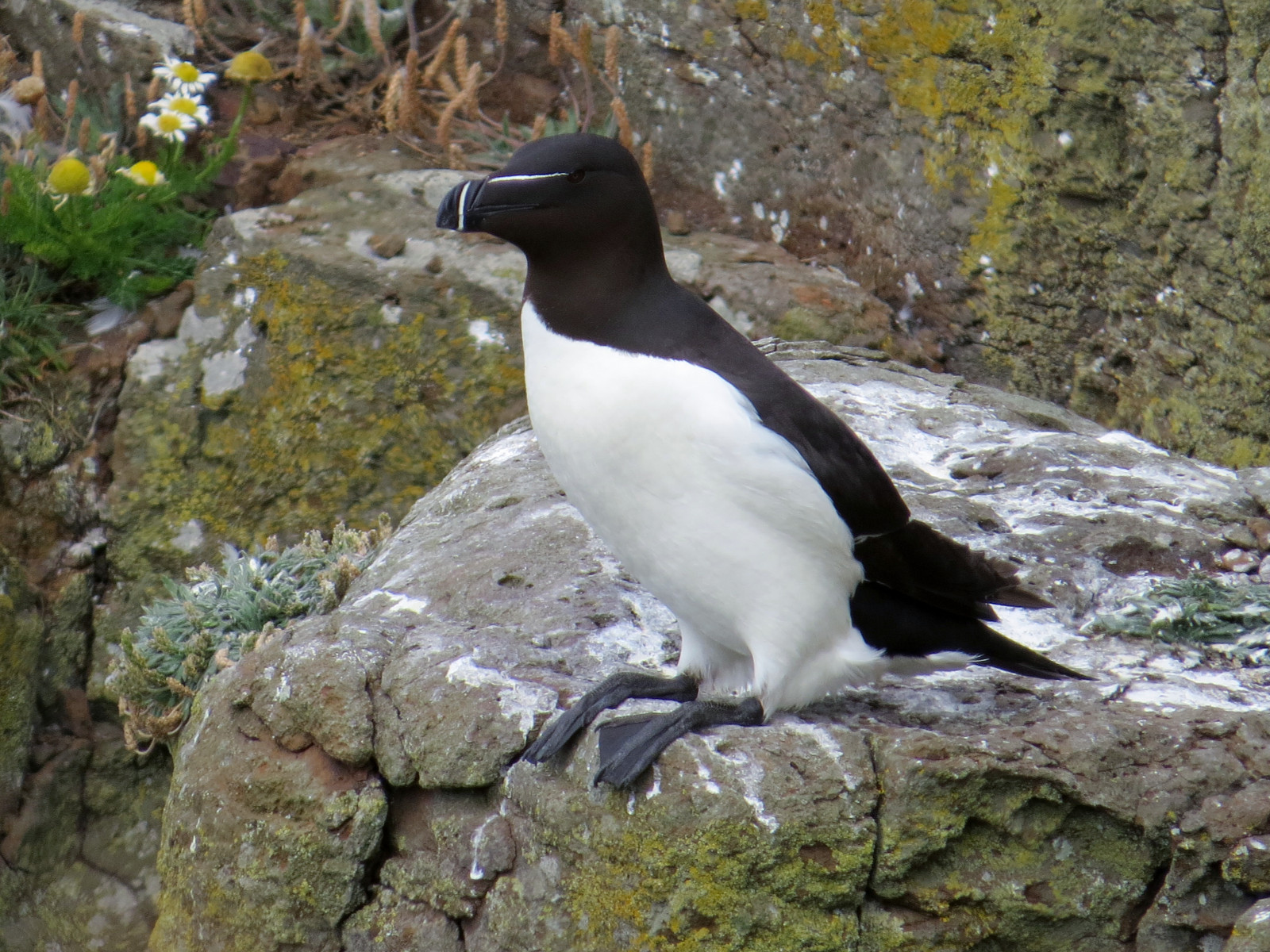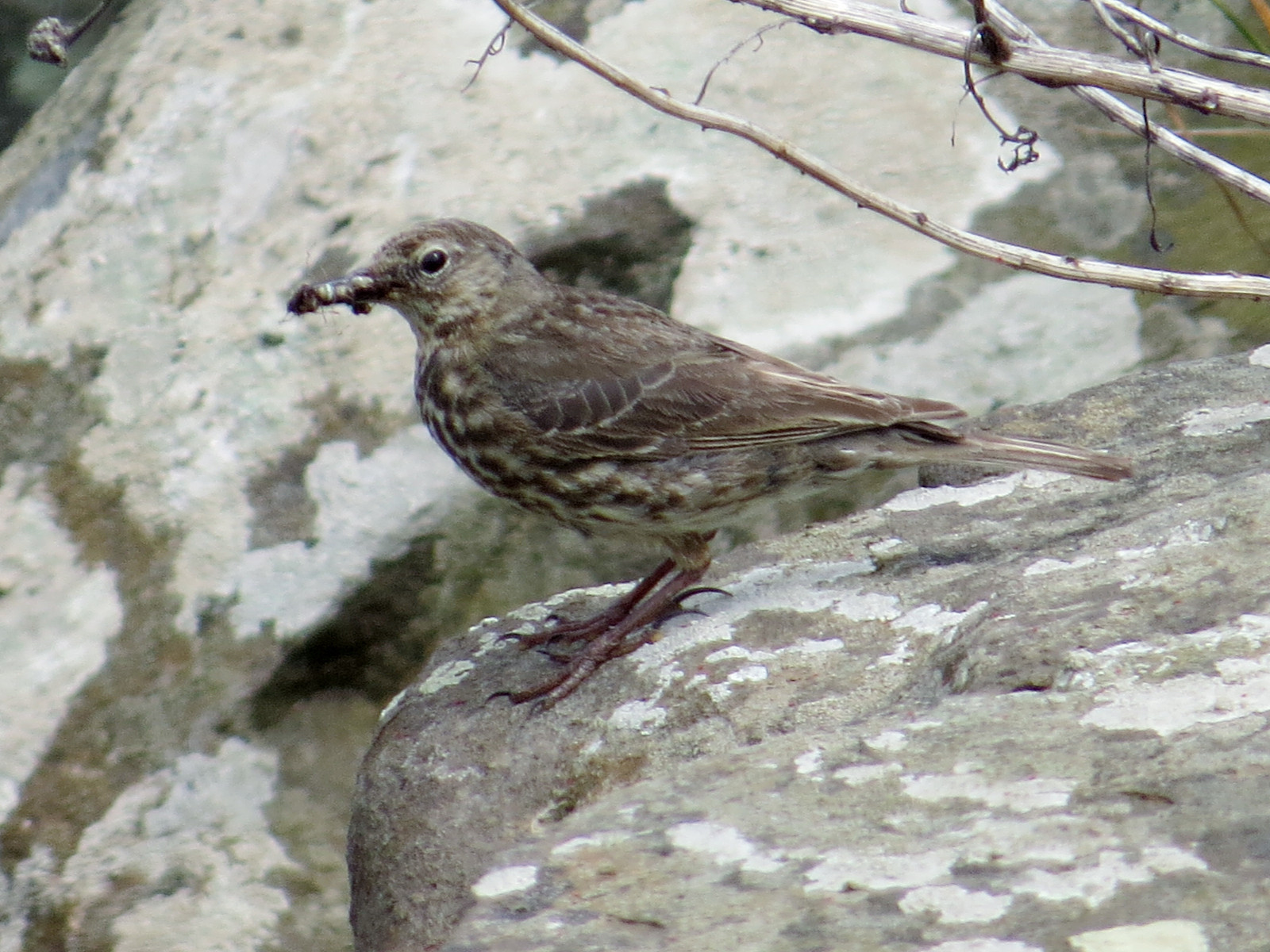Opis
Craster and Dunstanburgh Castle has a good mix of coastal habitats providing for a range of interesting species, including a seabird colony, and good shelter and food for migrants arriving from across the North Sea. Among the birds you can observe are edredon, fulmar, mewa trójpalczasta, świergotek nadmorski, alka, kormoran czubaty, ostrygojad, kamusznik and kulik wielki.
Szczegóły
Dostęp
Bus services X18 from Newcastle to Berwick and 418 from Alnwick to Belford both call at Craster. Car parking available at the entrance to the village (pay & display). Note the car park can be busy and is often full in summer. Access to Dunstanburgh Castle is by foot or cycle only; the castle is built on a clifftop offering close views of fulmar, mewa trójpalczasta, and alka. Seawatching from the castle for other seabirds can be worthwhile. In spring and autumn, look for passage migrants like białorzytka and drozd obrożny on the walk up to the castle.
The old quarry behind the car park is now a wooded bird reserve, the Arnold Memorial Reserve, with a variety of species including locally scarce czarnogłówka (zwyczajna). The small harbour usually has kamusznik and biegus morski in autumn and winter. The circular route indicated on the map is about 6 km.
Teren i siedlisko
Las , Kanion/klif , Plaża , Rolnictwo/uprawy , Rzadkie drzewa i krzewy , Łąka , Morze , Miasto/wieśWarunki
Płaski , Pagórkowaty , Skalisty , Otwarty krajobraz , Brak cieniaTrasa dookoła
NieCzy luneta będzie przydatna ?
Może być przydatnaUdany sezon obserwacyjny
Przez cały rokNajlepszy czas na wizytę
Lato , Wiosenne migracje , Jesienne migracje , Wiosna , Zima , JesieńTrasa
Szeroka ścieżka , Wąski szlakPoziom trudności szlaku pieszego
Średnio wymagający spacerDostępne
Pieszo , Rower , Wózek inwalidzkiCzatownia/platforma obserwacyjna
NieDodatkowe informacje
For gourmets, Craster is famous for its kippers (smoked herring) - these are a delicious must-try food for visitors.




